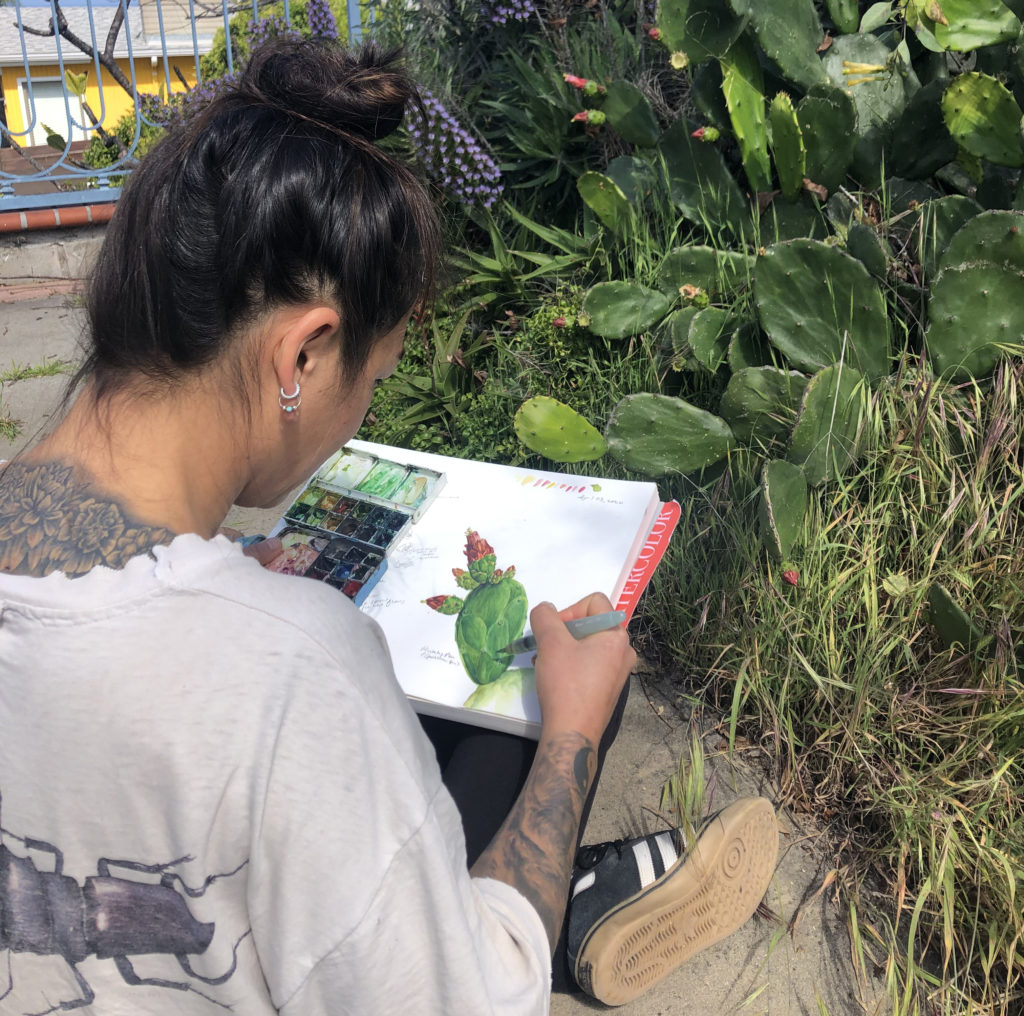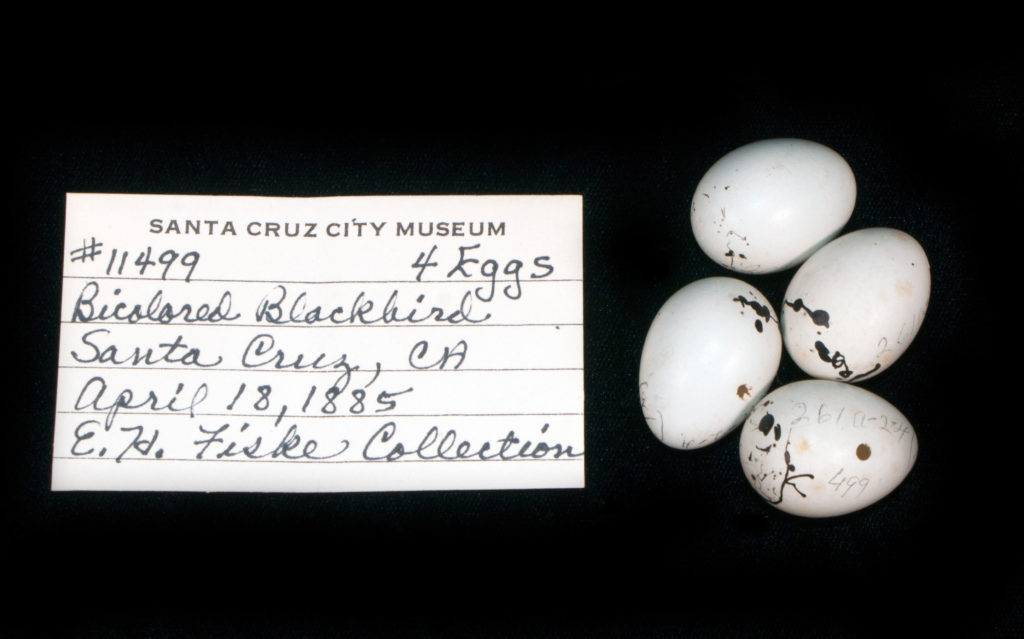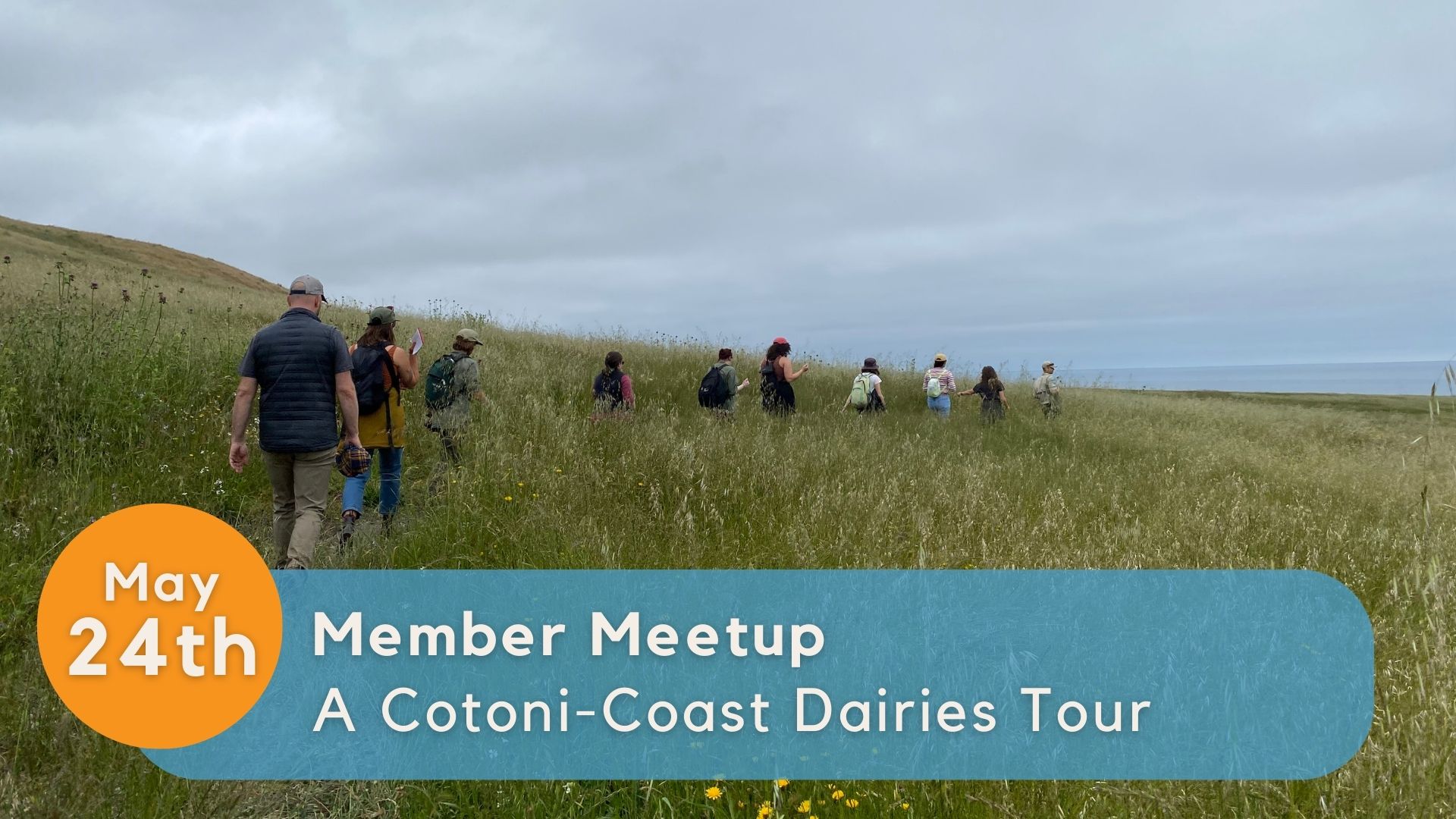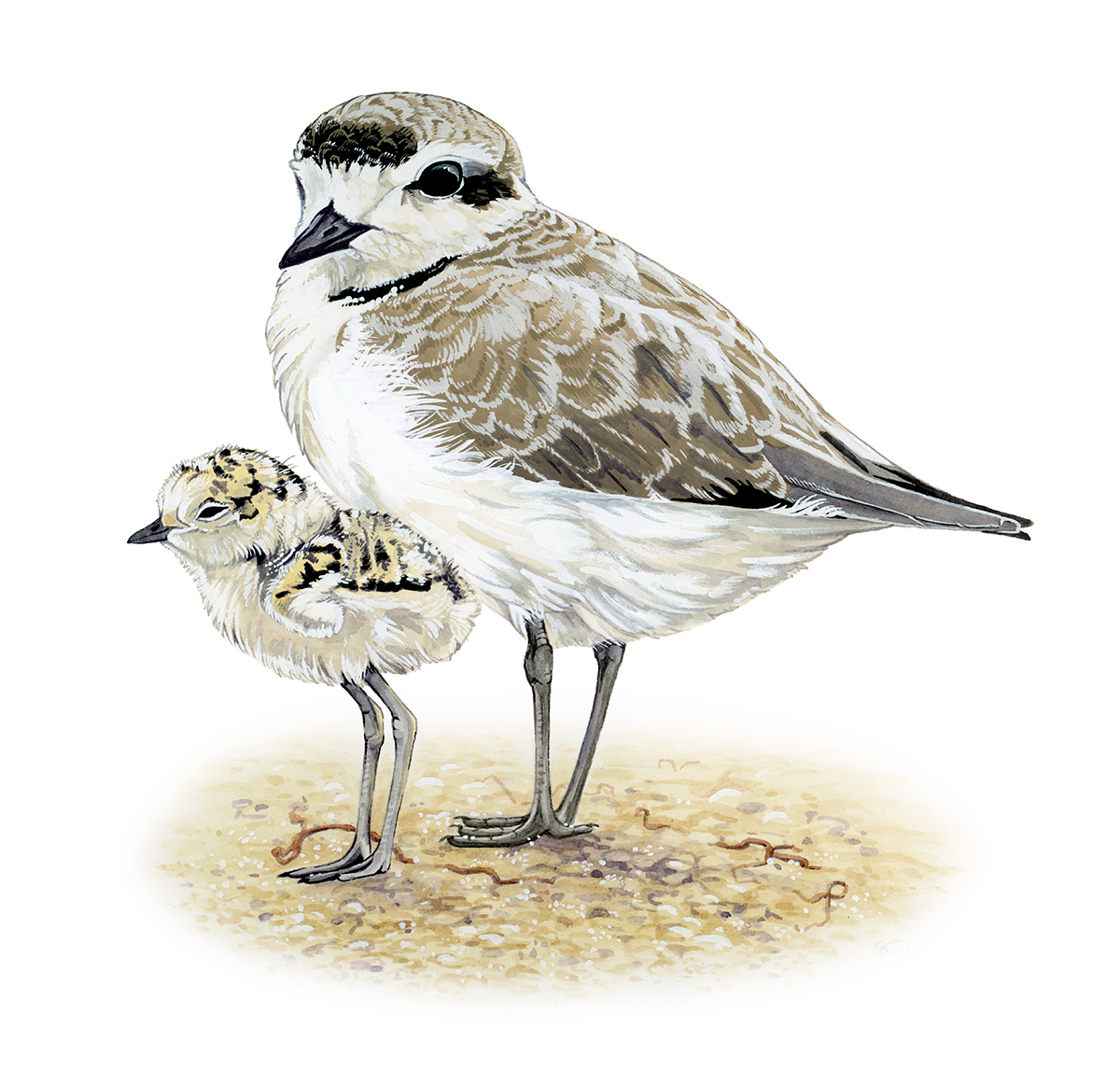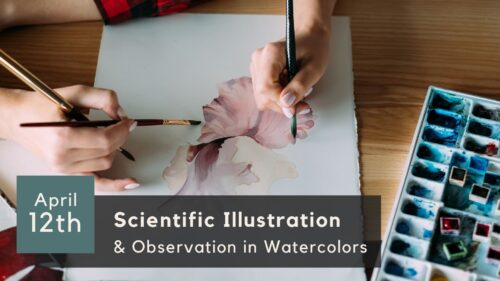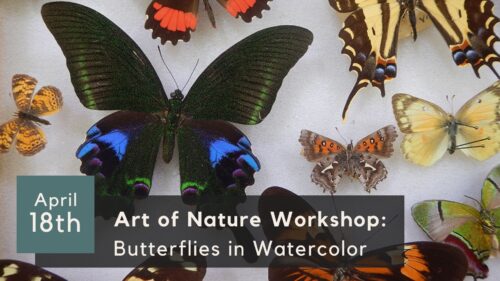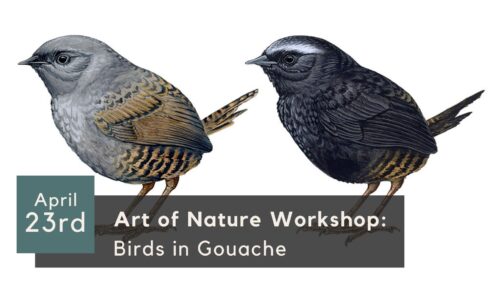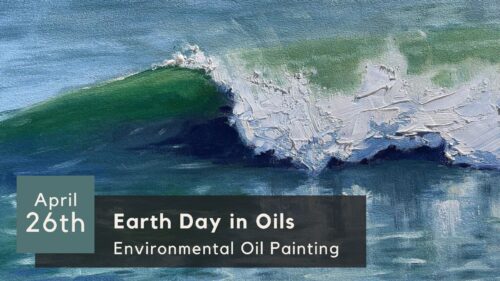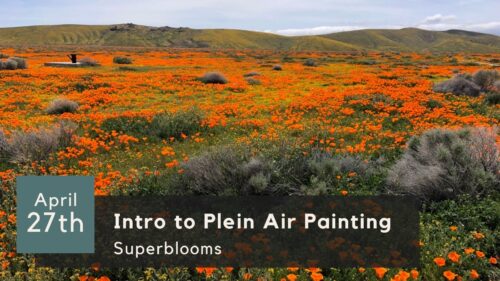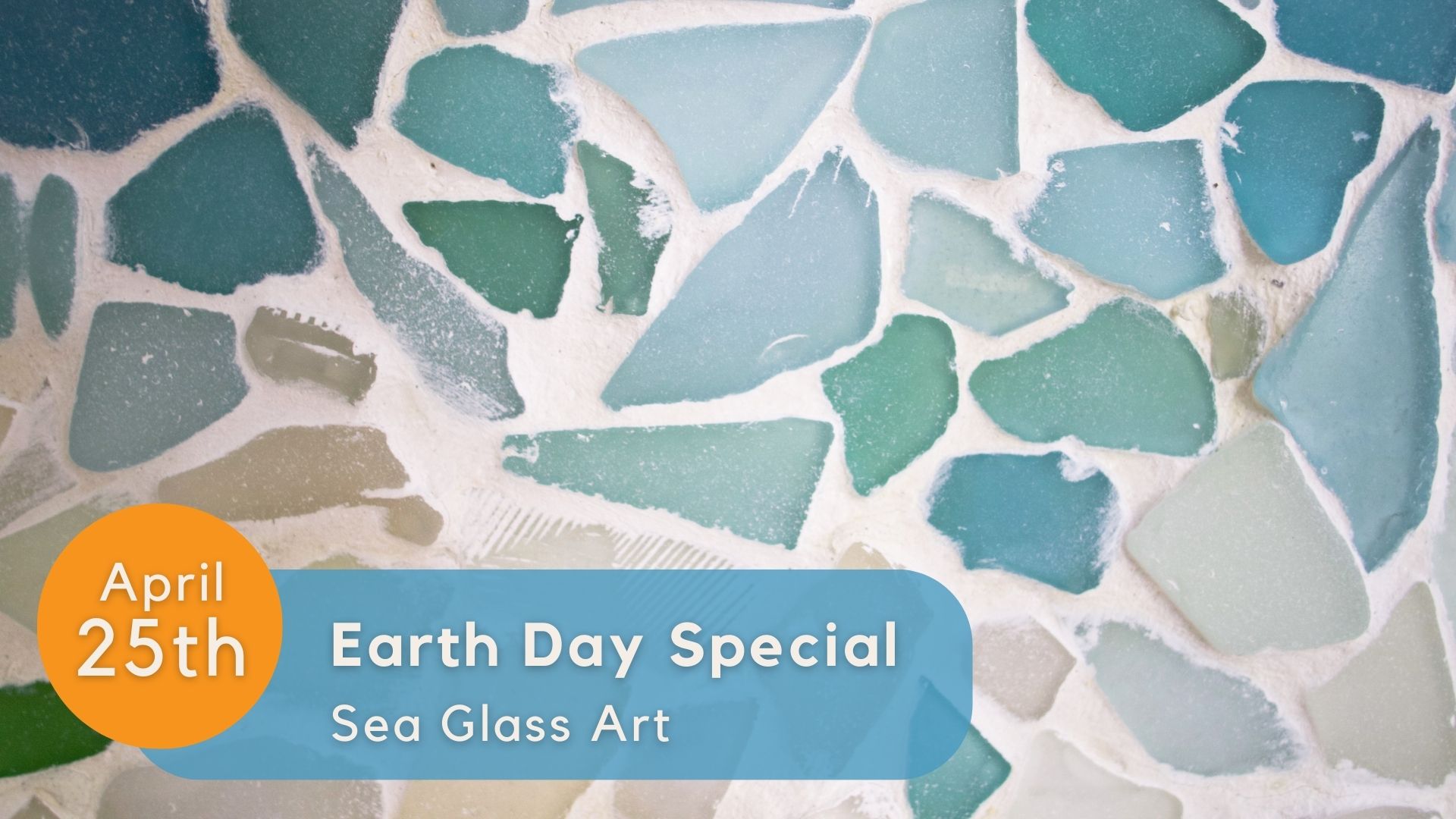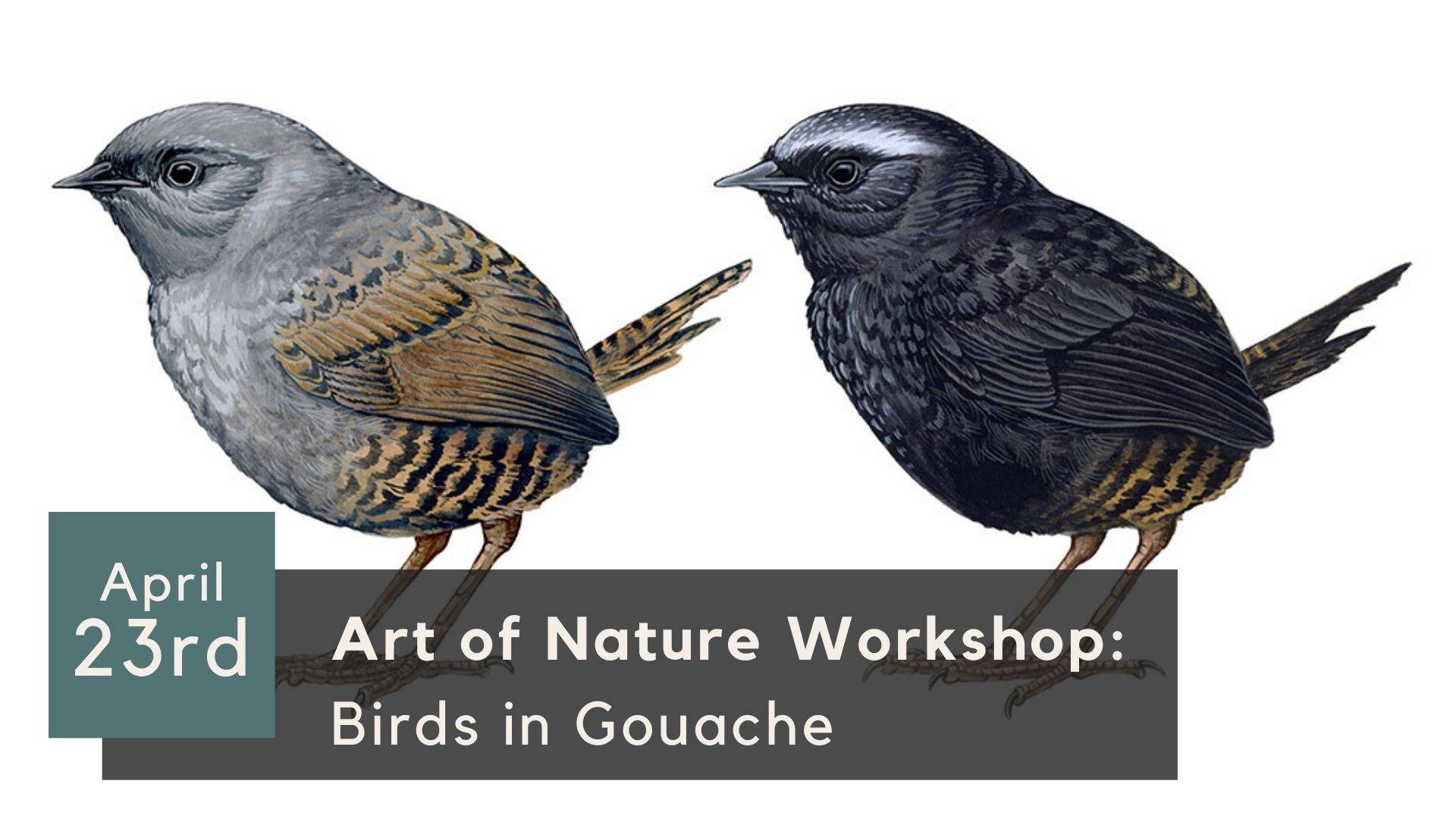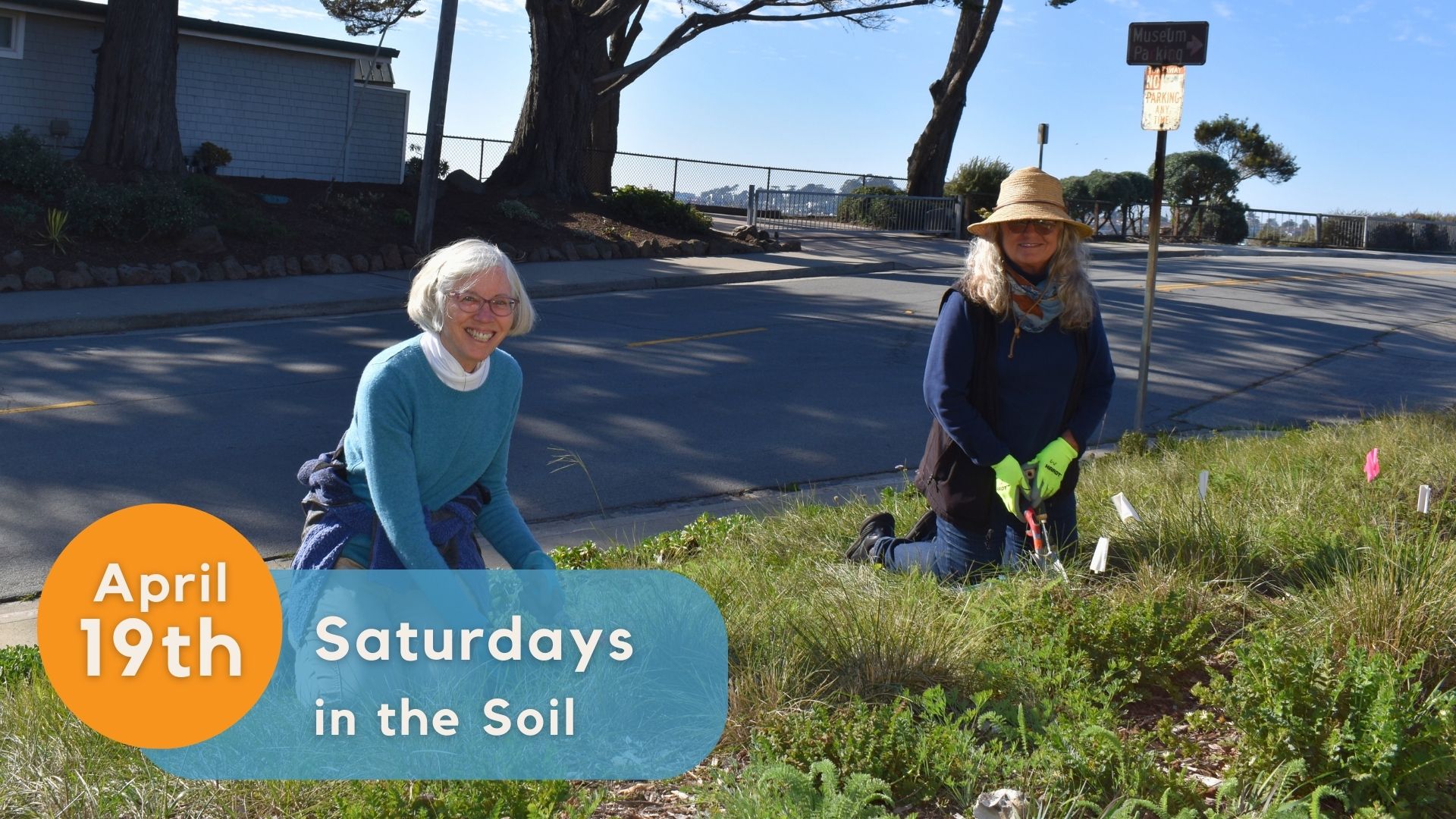There’s more to sourgrass than its lip-puckering powers. Dig a little deeper with this natural dye video tutorial.
Sourgrass (Oxalis sp.) is a plant of extremes: children love its strong flavor, pollinators gorge on its abundant nectar, many adore its ability to overwhelm a field when in bloom, and many still detest the invasive qualities of some of its species. Oxalis pes-caprae, native to South Africa, has made itself comfortably at home in California, forming dense mats that outcompete native plant species for light and space.
Whether you love it or can’t stand it, sourgrass has an interesting hidden quality that is both useful and exciting: it dyes fabric a vibrant, neon, highlighter-yellow color. Watch our video tutorial to learn how to play with its pigment and explore more resources below:
- Kid friendly: Natural Pigments Guide
- More advanced: Natural Dye Recipe Booklet
Post by Marisa. Explore other resources from The Museum At Your Side.

